The options are different depending on which View you are currently in.
List View and Card View let you switch the Outline between the two respective views.
Hide/Show Page Title turns on the display of the page titles in the Card outline (it will say Hide or Show depending on its current setting). It's only available in Card View because page titles are always shown in List View.
Hide/Show Page Numbering turns on Page numbering in the Outline (it will say Hide or Show depending on its current setting).
View Properties opens the right-side Properties panel for the item you have selected on the Outline:
- In Card view this would be a page or question.
- In List View, this could be a Page, Question, a Learning Object, or a Module.
Delete and Duplicate will also perform their respective actions on the item you have selected on the Outline. (Remember: Deleted pages are moved to the Deleted list, as noted above.)
Commit and Edit relate to the Commit/Edit process, which is outlined in this article.
The three Properties options open their respective properties panels on the right side of the Stage.
You can also add a New Module or New Learning Object to your structure.
In List View, the three-dot menu also has options to Expand All or Collapse All items in the List View tree menu.
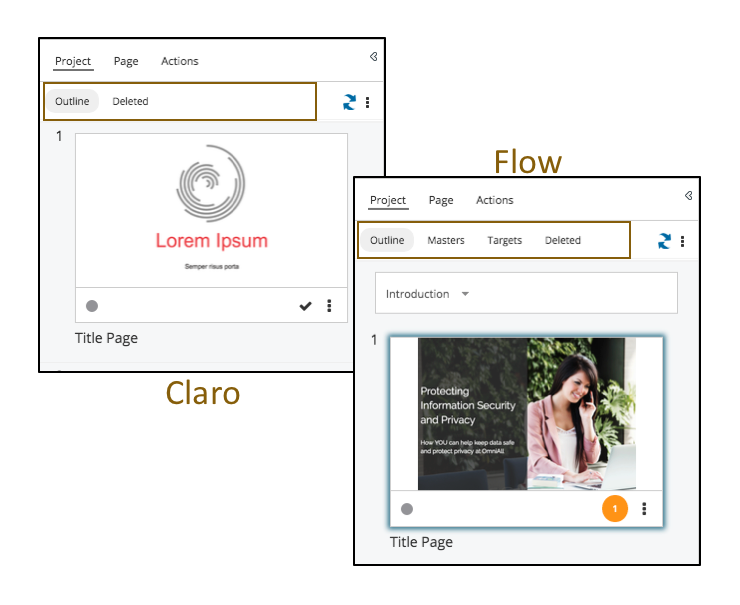
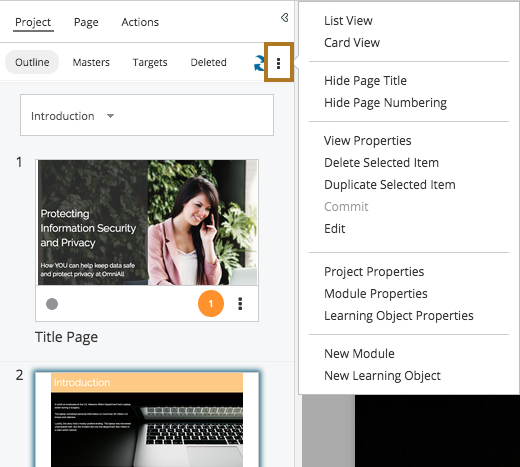
.png&id=872b3c42)

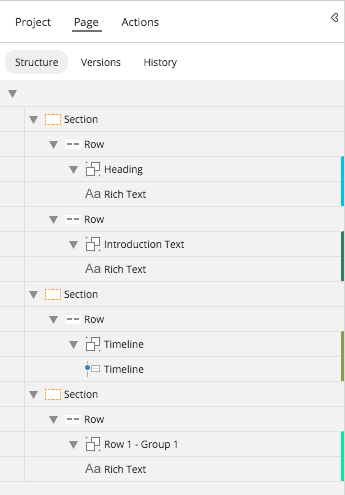

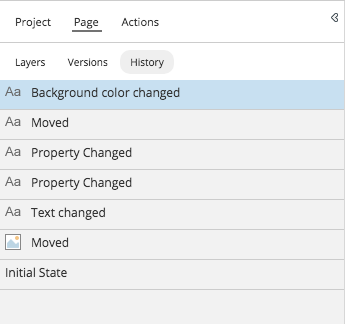
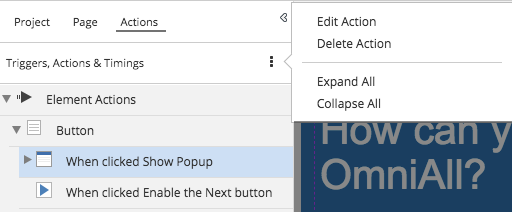

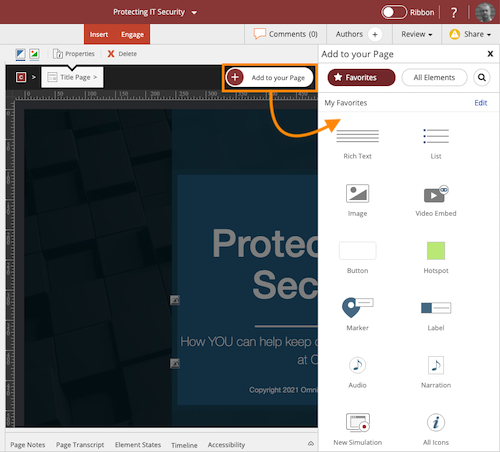


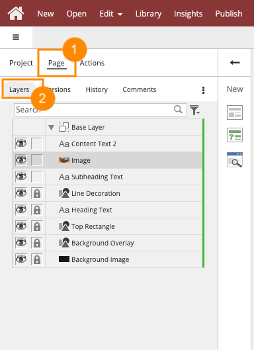
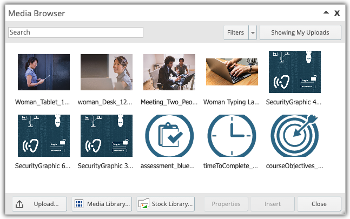
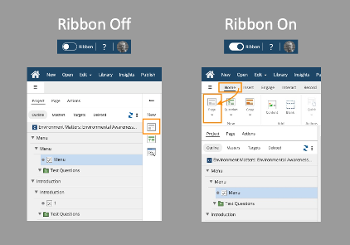
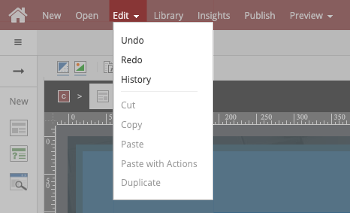

Comments ( 0 )
Sign in to join the discussion.